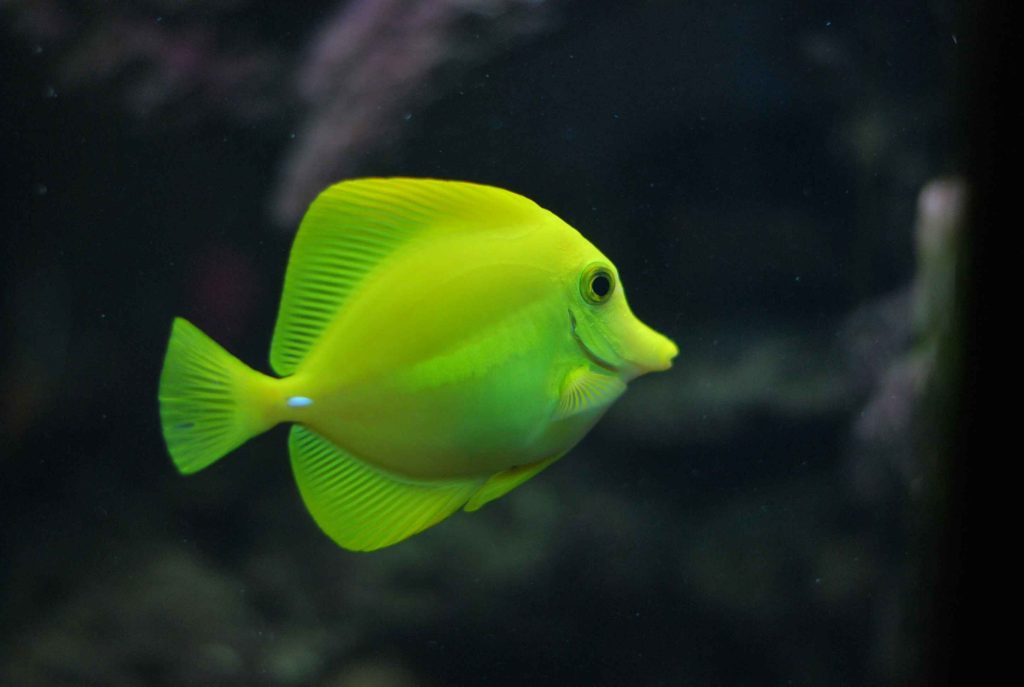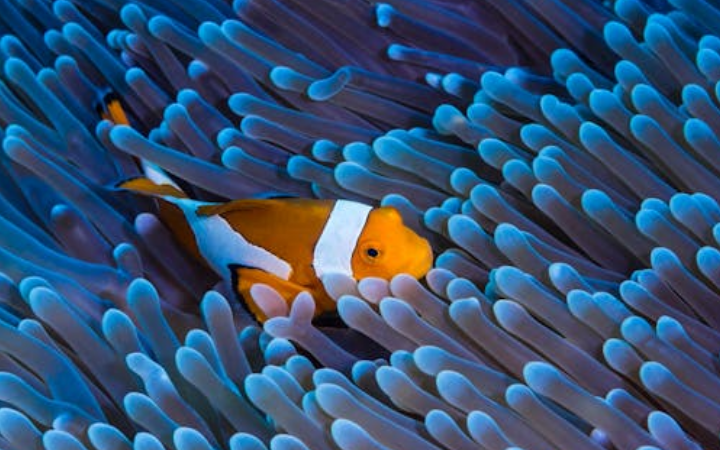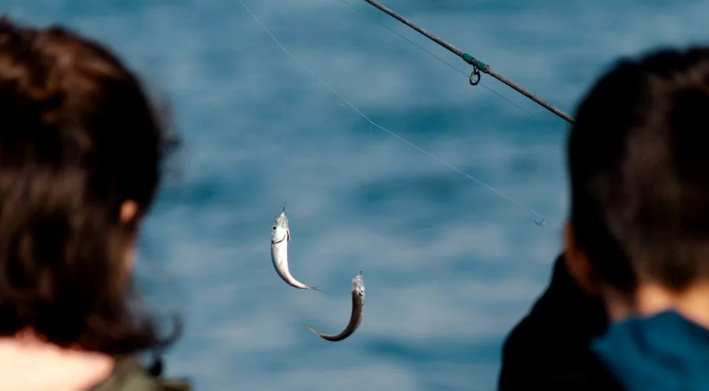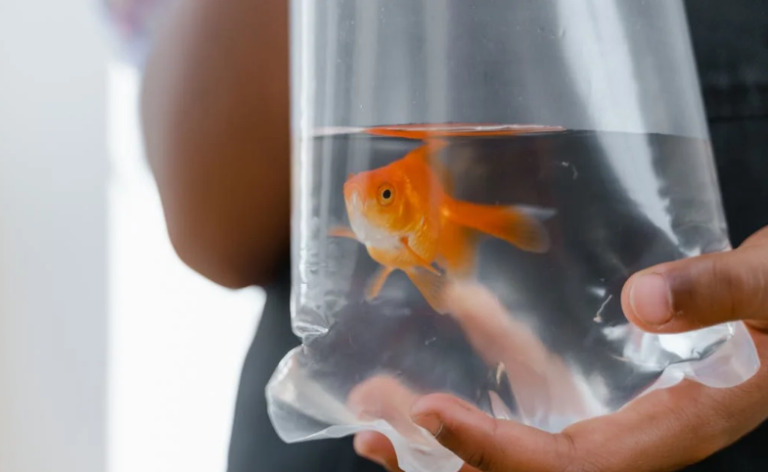Can You Eat a Parrot Fish? Yes, you can eat parrotfish. These vibrant, tropical fish are often caught and consumed in various parts of the world, especially in coastal regions where they are abundant. Parrotfish are known for their colorful appearance and their role in maintaining healthy coral reefs. This article will delve into the details of parrotfish as a food source, their culinary uses, benefits, and considerations for sustainability and environmental impact.
Understanding Parrotfish
What Are Parrotfish?

Parrotfish are named for their beak-like mouths, which resemble a parrot’s beak. These fish belong to the family Scaridae and are found in tropical and subtropical oceans around the world. They are known for their bright and varied colors, making them a popular sight for divers and snorkelers. Parrotfish play a crucial role in the marine ecosystem by grazing on algae and dead coral, helping to keep coral reefs healthy and thriving.
Where Are Parrotfish Found?
Parrotfish are commonly found in coral reefs in the Atlantic, Indian, and Pacific Oceans. They prefer warm, shallow waters and are often seen swimming around coral formations, feeding on algae and coral polyps.
Culinary Uses of Parrotfish
How Is Parrotfish Prepared?
Parrotfish can be prepared in various ways, depending on the culinary traditions of the region. Here are some common methods of cooking parrotfish:
- Grilled: Grilling is a popular method for cooking parrotfish. The fish is often marinated with spices, herbs, and citrus juice before being grilled to perfection. This method helps to retain the fish’s natural flavors while adding a smoky taste.
- Fried: Parrotfish can also be fried, either whole or in fillets. Frying gives the fish a crispy exterior while keeping the flesh tender and juicy. It is often served with a side of vegetables or rice.
- Steamed: Steaming is a healthier option that preserves the fish’s nutrients and delicate flavor. The fish is usually seasoned with ginger, garlic, and soy sauce before being steamed.
- Baked: Baking parrotfish is another simple and healthy method. The fish can be stuffed with herbs and spices, wrapped in foil, and baked until it is cooked through.
What Does Parrotfish Taste Like?
Parrotfish has a mild, sweet flavor with a firm, flaky texture. Its taste is often compared to other white fish such as snapper or grouper. The flesh is tender and moist, making it a versatile ingredient in various dishes.
Nutritional Benefits of Eating Parrotfish
Rich in Protein
Parrotfish is a good source of high-quality protein, which is essential for building and repairing tissues, supporting immune function, and maintaining muscle mass. Including parrotfish in your diet can help meet your daily protein needs.
Packed with Vitamins and Minerals
Parrotfish is rich in essential vitamins and minerals, including:
- Vitamin D: Important for bone health and immune function.
- Vitamin B12: Crucial for red blood cell formation and neurological function.
- Selenium: A powerful antioxidant that helps protect cells from damage.
- Omega-3 Fatty Acids: Beneficial for heart health and reducing inflammation.
Low in Fat
Parrotfish is low in fat, making it a healthy choice for those looking to reduce their fat intake. The fat it does contain is mostly healthy unsaturated fat, including omega-3 fatty acids.
Considerations for Eating Parrotfish
Sustainability and Environmental Impact
While parrotfish are edible and nutritious, it is important to consider their ecological role and the impact of overfishing. Parrotfish are essential for the health of coral reefs as they help control algae growth. Overfishing can lead to imbalances in the reef ecosystem, harming the coral and other marine life that depend on it.
Regulations and Conservation Efforts
Many countries have implemented regulations to protect parrotfish populations and ensure sustainable fishing practices. It is crucial to adhere to these regulations and support conservation efforts to preserve the health of coral reefs and the biodiversity they support.
Mercury Levels
Like many other fish, parrotfish can accumulate mercury in their tissues. It is advisable to consume parrotfish in moderation, especially for pregnant women and young children, to minimize the risk of mercury exposure.
Cooking Tips for Parrotfish
Selecting Fresh Parrotfish
When buying parrotfish, look for the following signs of freshness:
- Clear Eyes: The eyes should be bright and clear, not cloudy or sunken.
- Firm Flesh: The flesh should be firm to the touch and bounce back when pressed.
- Fresh Smell: The fish should have a clean, ocean-like smell, without any strong, unpleasant odors.
Storing Parrotfish
To maintain the quality and freshness of parrotfish, store it properly:
- Refrigeration: Keep fresh parrotfish in the refrigerator at a temperature of 32°F to 39°F (0°C to 4°C). It should be consumed within 1-2 days.
- Freezing: For longer storage, parrotfish can be frozen. Wrap it tightly in plastic wrap or aluminum foil and place it in an airtight container or freezer bag. It can be stored in the freezer for up to three months.
Cooking Techniques
Here are some additional cooking tips to make the most of your parrotfish:
- Marinating: Marinate the fish for at least 30 minutes before cooking to enhance its flavor. Use ingredients like lemon juice, olive oil, garlic, and herbs.
- Avoid Overcooking: Parrotfish cooks quickly, so keep an eye on it to prevent overcooking. Overcooked fish can become dry and lose its delicate texture.
- Pairing: Pair parrotfish with complementary sides and sauces. Light salads, steamed vegetables, rice, and citrus-based sauces work well with its mild flavor.
Conclusion
Parrotfish is not only a beautiful and fascinating creature of the ocean but also a delicious and nutritious food source. When prepared properly, it can be a delightful addition to your meals. However, it is essential to balance our culinary desires with the need to protect these important fish and their habitats. By supporting sustainable fishing practices and adhering to regulations, we can enjoy parrotfish while ensuring the health of our marine ecosystems for future generations.



